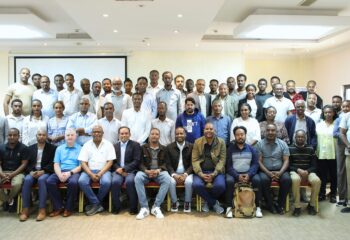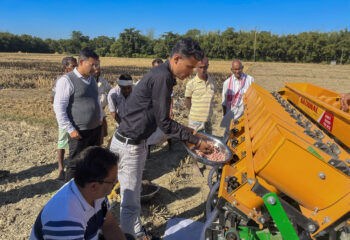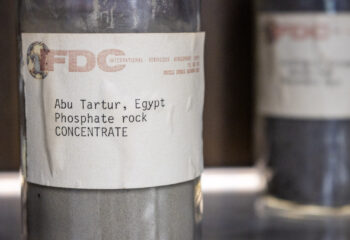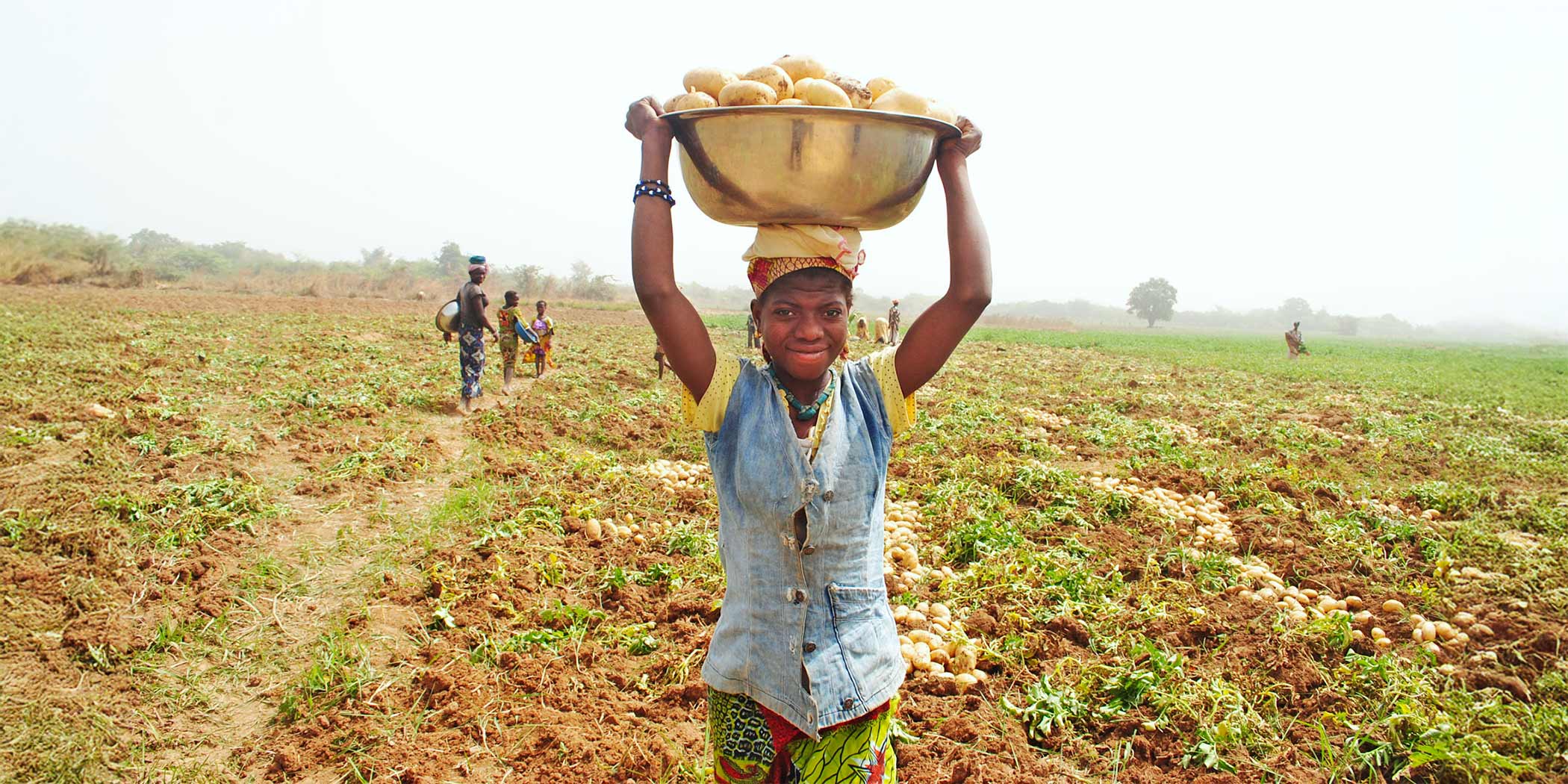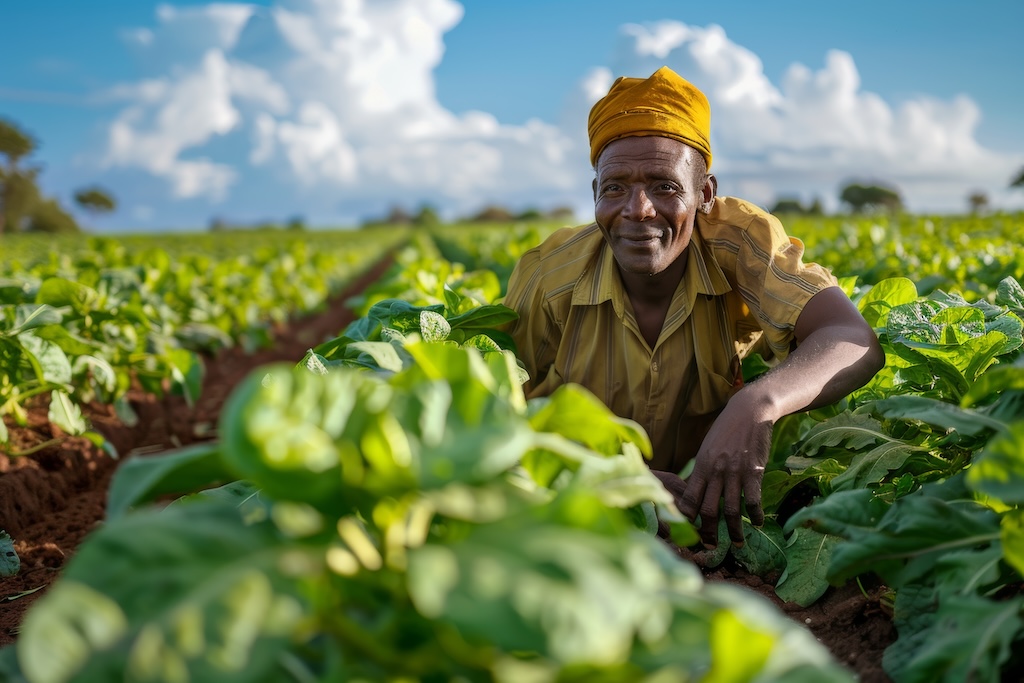
This blog is adapted from the NPJ Sustainable Agriculture article “A review of organic inputs to inform soil health advice for African smallholder farmers: localization matters,” co-authored by IFDC VP of Research and Chief Scientist Dr. Zachary Stewart.
Sub-Saharan Africa (SSA) faces a pressing challenge: degraded soils are limiting agricultural productivity. Factors such as soil acidity, declining organic matter, and nutrient deficiencies are holding back crop yields, even with the introduction of high-yielding varieties and synthetic fertilizers.
Organic inputs enrich the soil but require careful management to be most effective.
Organic inputs offer a promising complementary solution. However, unlocking their full potential requires strategies tailored to Africa’s diverse farming landscapes. A one-size-fits-all approach will not work – localized and hyperlocalized solutions are needed to restore soil health effectively.
Types of Organic Inputs
Organic resources can play a pivotal role on African farms. They fall into two main categories:
- Ex Situ Inputs (brought from outside the farm) – These include livestock manure, compost, and tree prunings transported to the fields.
- In Situ Inputs (generated within the farm) – These involve on-site practices such as retaining crop residues, using legumes as green manure, planting fertilizer trees, and diversifying crops.
Both approaches improve soil health, but their effectiveness depends on proper management and site-specific adaptation.
The Science Behind Organic Inputs: Benefits and Trade-Offs
Organic inputs enrich the soil but require careful management to be most effective. For example, data show that livestock manure application increases soil organic carbon (SOC), raises soil pH, and boosts overall soil fertility. But even though a ton of cattle manure can add 12 kg of nitrogen (N), 3 kg of phosphorus (P), and 12 kg of potassium (K) to the soil, it still requires supplementation with synthetic N fertilizer for optimal results. This highlights the need for integrated soil fertility management (ISFM), combining organic and synthetic inputs in a balanced way.
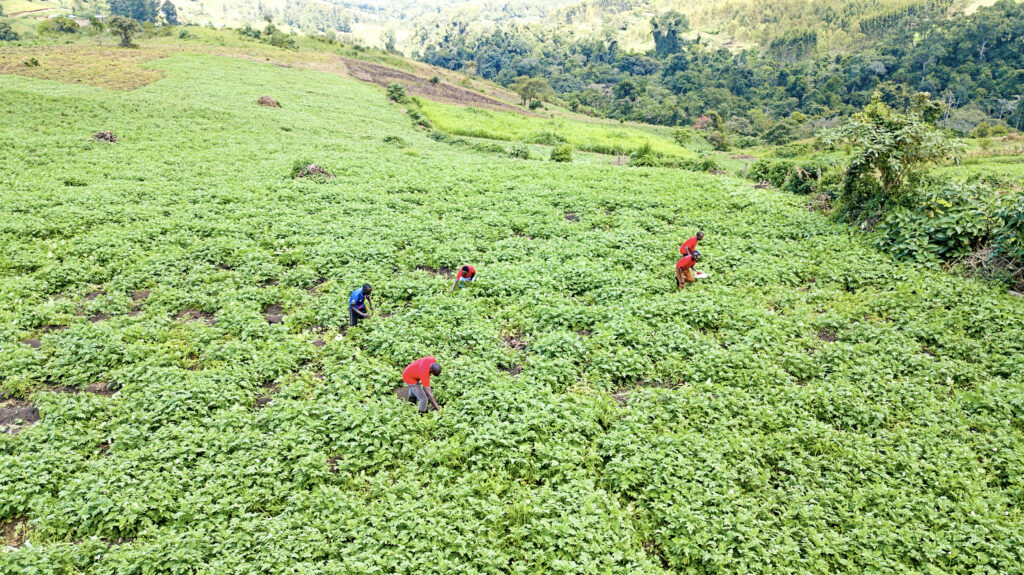
Localization and Hyperlocalization: The Key to Success
To truly improve soil health and agricultural productivity across Africa, a blanket approach to organic inputs is insufficient. Instead, site-specific management must be implemented on two levels.
First, localization uses geospatial information to generate a broad range of options for improving soil health. This involves extrapolating recommendations from interpolated geospatial data.
Second, hyperlocalization refines these recommendations by integrating geospatial data with farmers’ knowledge and on-the-ground field conditions. This approach requires appropriate landscape- and knowledge-based targeting and management of individual inputs to increase soil organic matter and synchronize crop nutrient demand with supply. Ultimately, hyperlocalization demands a new approach to capacity building for farmers, providing them with evidence-based guidance and decision support tools.
By integrating localization and hyperlocalization, organic inputs can be better managed to match soil requirements, climate conditions, and farmer capacities, leading to more profitable, productive, and sustainable outcomes.
Bridging the Gaps: Research and Policy Needs
For organic inputs to be widely adopted and effectively used, several key actions need to be taken.
First, decision support tools must be made readily available. Farmers need tools that guide the application of organic inputs based on biophysical, economic, and site-specific conditions.
Second, governments must integrate fertilizer subsidy programs with organic inputs (both in situ and ex situ) to ensure that more farmers can afford and access sustainable soil health solutions.
Third, locally relevant research must be conducted and the data connected across space and time. Agricultural research needs to generate practical, scalable organic input strategies suited to diverse farming contexts.
The Way Forward
The message is clear: maintaining and restoring soil health in sub-Saharan Africa requires tailored, knowledge-driven strategies that align with local realities. By integrating research, policy support, and farmer-driven innovations, organic inputs can play a transformative role in strengthening food systems and boosting agricultural productivity. Achieving this vision demands collaboration – farmers, researchers, and policymakers must work together to scale up effective organic input strategies. By combining scientific advances with local knowledge, we can build a more resilient, productive, and sustainable agricultural future for Africa.

